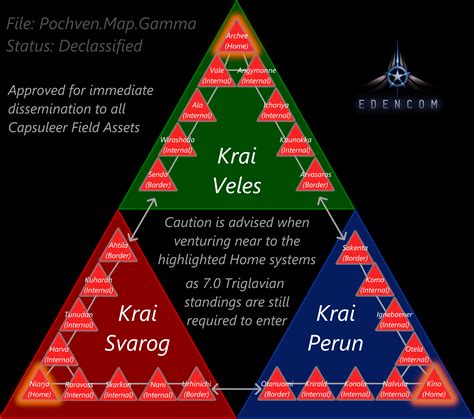EVE Online: Filaments - A Trader's Best Friend?
EVE Online's vastness is legendary. Traversing its sprawling star systems can be a time-consuming endeavor, often eating into precious profit margins. Enter filaments, jump-gates that offer instantaneous travel across immense distances. But are these spacetime shortcuts truly a trader's best friend, or is there more to the story? Let's delve into the complexities of filaments and their impact on EVE Online's trading landscape.
What are Filaments in EVE Online?
Filaments are essentially one-way, temporary jump gates that appear sporadically throughout New Eden. They whisk players to a random location, often far from their starting point. The destination is unpredictable, making them both a blessing and a curse for traders. While they drastically reduce travel time, the risk of ending up in hostile territory or far from your intended market needs careful consideration.
How Can Traders Use Filaments?
The potential benefits for traders are significant. Imagine transporting high-value goods across vast regions of space in a fraction of the usual time. This translates directly to increased efficiency and potentially higher profits. However, the inherent risk associated with their unpredictable nature makes strategic planning crucial.
Minimizing Risks with Filament Jumps
- Market Research: Before using a filament, traders should thoroughly research the potential destination. Knowing the security status, local player activity, and the presence of any hostile corporations or pirates is paramount. Tools and resources exist within the EVE Online community to help predict the likely destination, increasing your safety margin.
- Cargo Hold Management: Never overload your cargo hold. The potential loss from a poorly chosen jump far outweighs the marginal benefit of extra cargo. Prioritize valuable, compact goods that maximize profit per unit volume.
- Ship Selection: Selecting the right ship is critical. A fast, agile ship with decent tank may better withstand unexpected encounters. Avoid using overly expensive or vulnerable ships for filament jumps.
- Route Planning (if possible): Some players use filament jumping to move closer to their destination. While the endpoint is random, multiple jumps can help narrow the field.
Are Filaments Always Beneficial for Trading?
While filaments offer the allure of quick travel, they're not always the optimal solution. The uncertainty of the destination introduces significant risk. Here's a balanced view:
- High-Value, Low-Volume Goods: Filaments excel for transporting high-value, low-volume goods where the time saved significantly outweighs the risk. Think rare minerals, advanced technology, or specialized components.
- High-Volume, Low-Value Goods: For high-volume, low-value goods, the inherent risk of loss may outweigh the time saved. Traditional jump routes or even using established trade hubs might be more suitable.
- Hostile Environments: The unpredictable nature of filaments makes them exceptionally risky in regions known for player-versus-player (PvP) activity or pirate incursions.
What are the Alternatives to Using Filaments?
While filaments offer a fast travel option, alternative methods for traders include:
- Established Trade Routes: Utilizing established trade routes provides predictability and relative safety, albeit at the cost of increased travel time.
- Jump Drives: These are a more expensive option but provide controlled jumps within your range, offering better security and predictability than filaments.
- Contract Services: Hiring a hauler or other traders to transport goods is a possible alternative. This option offloads the responsibility of transit to another party.
H2: Are Filaments Worth the Risk for Traders?
Ultimately, the decision to use filaments depends on several factors. The value of the goods, the risk tolerance, and the security level of the intended transit route are paramount. For experienced traders with a strong understanding of the risks involved, filaments can be an extremely effective tool. However, newer players should exercise caution and prioritize established routes and safer transportation methods.
H2: What are the Different Types of Filaments?
There isn't a definitive "type" of filament in the sense of different functionalities. All filaments essentially act as one-way jump gates to a random location. The differences lie in the source of the filament (various in-game activities) and the potential destination (which remains unpredictable).
H2: How Do I Find Filaments in EVE Online?
Filaments aren't found in a specific location but are obtained through various in-game activities and events. Keeping an eye on community forums and in-game news is crucial for identifying opportunities.
Conclusion:
Filaments are a powerful tool in EVE Online, capable of significantly accelerating trade operations. However, their unpredictable nature mandates careful planning and risk assessment. Understanding the trade-offs between speed and risk is crucial for traders to successfully leverage filaments and maximize their profits within the dynamic landscape of New Eden. The key is informed decision-making based on market analysis, cargo value, and a solid understanding of the game's intricate mechanics.

